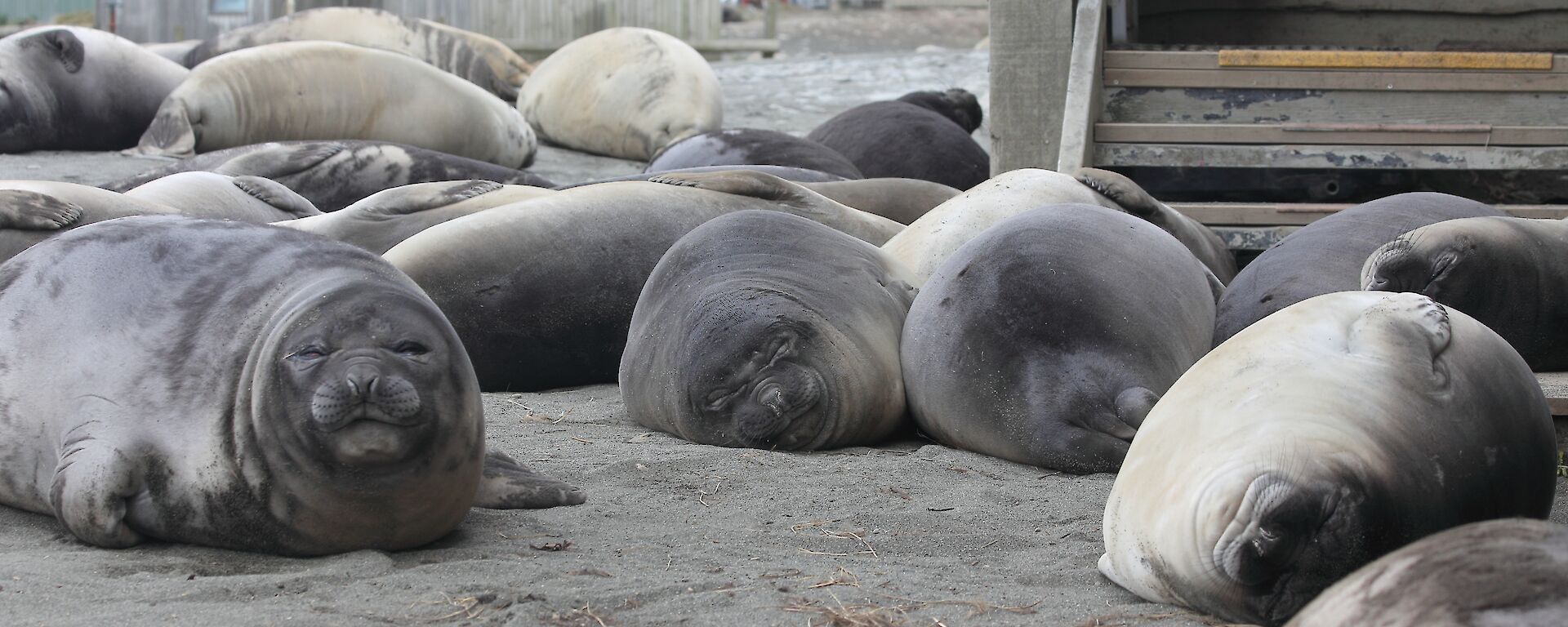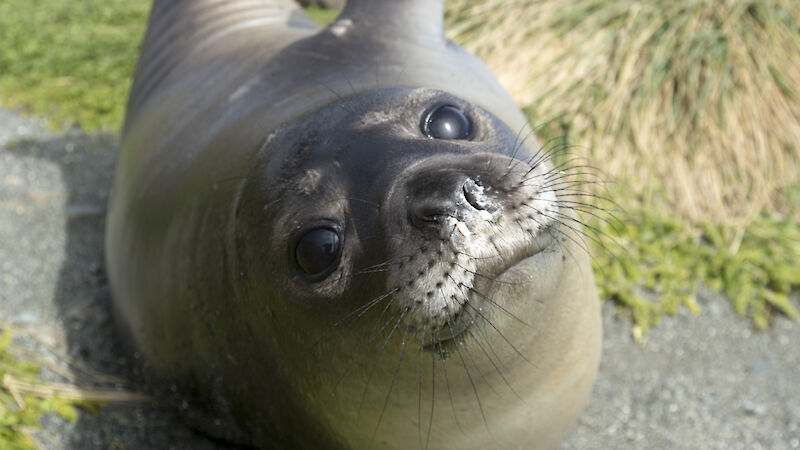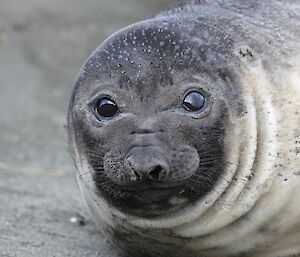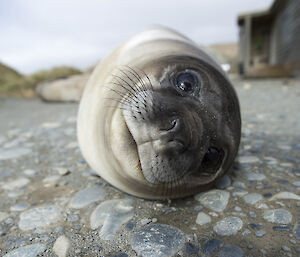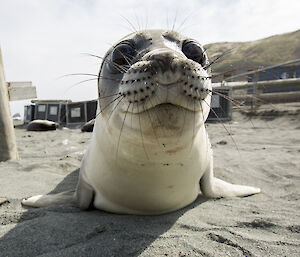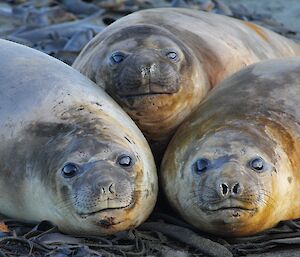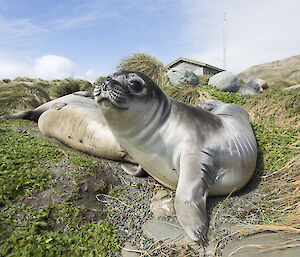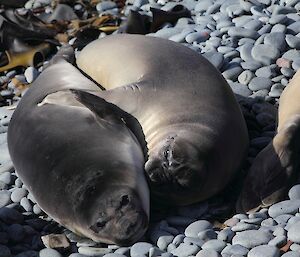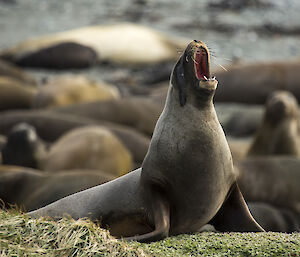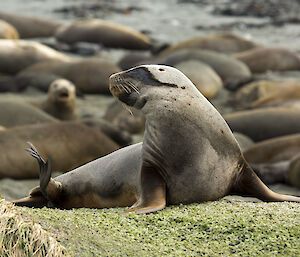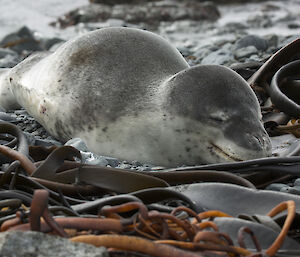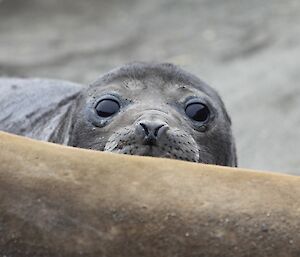Young elephant seals on Macquarie Island have been providing expeditioners with a large dose of cute, and sometimes a great deal of inconvenience, as they go about their daily routine.
Australian Antarctic Division Supervising Communications Technical Officer, Richard Youd, and Bureau of Meteorology Technician, Duncan Bullock, took these photos of 2–3 month old weaners and a few other seal visitors, after the annual elephant seal census in October.
“They really seem like cute, cuddly animals that you might want as a pet,” Richard said.
“But trust me, once they grow into a ‘beach master’ [dominant bull] you wouldn’t want to have to feed it or try and put it into a kennel at night!”
Southern elephant seals (Mirounga leonina) spend about eight months of the year at sea, returning to Macquarie Island twice to breed and moult. The females arrive in early September and usually give birth about a week later. Young seals are weaned by about 24 days, growing from 40–50kg at birth to 110–160kg in that time.
“We noticed the first group of weaners playing in the shallows around early to mid-November and by late November there were lots,” Duncan said.
“Their most active times are around dawn and dusk when they can be found harassing each other on the beaches, amongst the tussock, and pretty much anywhere around station that isn’t effectively fenced off.
“We had several weeks in November where 30–40 weaners had crowded in around the Communications building to snooze during the day, making it very hard to physically get in to work.”
Richard said the most endearing feature of the weaners was their “black, puppy-dog” eyes that make you want to hug them — “which of course we don’t”.
However, they do have some less appealing habits.
“The sheer laziness of them lying around all day can spark some jealousy, until you realise that because of that laziness they are lying in their own faeces,” he said.
“As well as the smell, they makes a lot of farting-type noises, but when you sit and watch them you notice that it’s actually a sharp exhalation out of their nostrils.”
Richard and Duncan also noticed a few other seals amongst the elephant seals including leopard seals and a New Zealand or Hooker’s sea lion — one of the rarest seal species in the world.
“The Hooker’s sea lion is quite a beautiful bear-like seal. They have large oily patches around their eyes and the one we saw had a certain dominating aura about it,” Richard said.
While it seems impossible to take a bad photo of these creatures Richard and Duncan made the most of their photogenic subjects by getting out in all types of weather and taking advantage of long lenses.
“You never know when they will do something funny or a bunch of them will pile up on top of each other,” Duncan said.
“Changing your perspective and getting quite low makes for great shots too.”
And looks can be deceiving, Richard said.
“When you see these little guys rolling and diving in the water you see they are very much at home — unlike the slovenly way we see them on land.”

